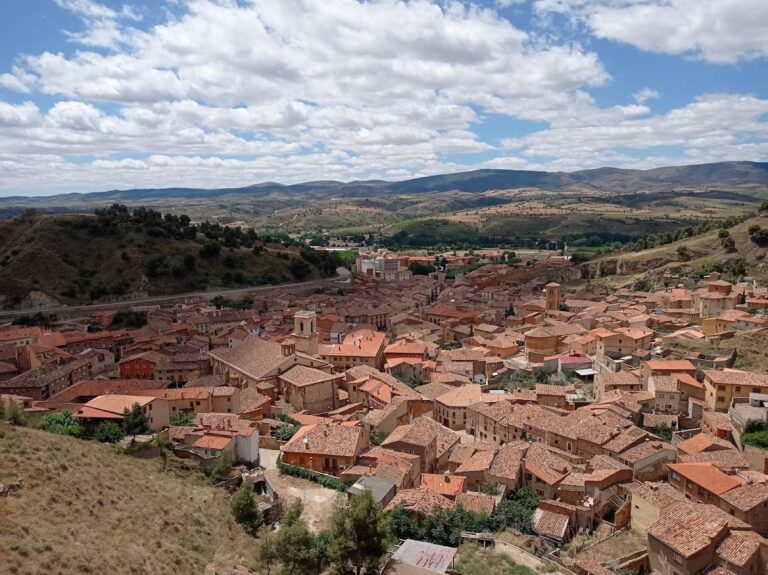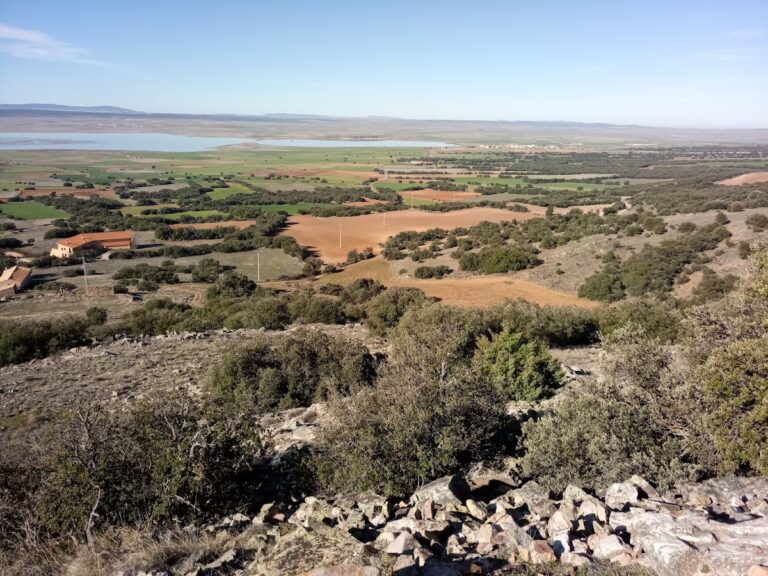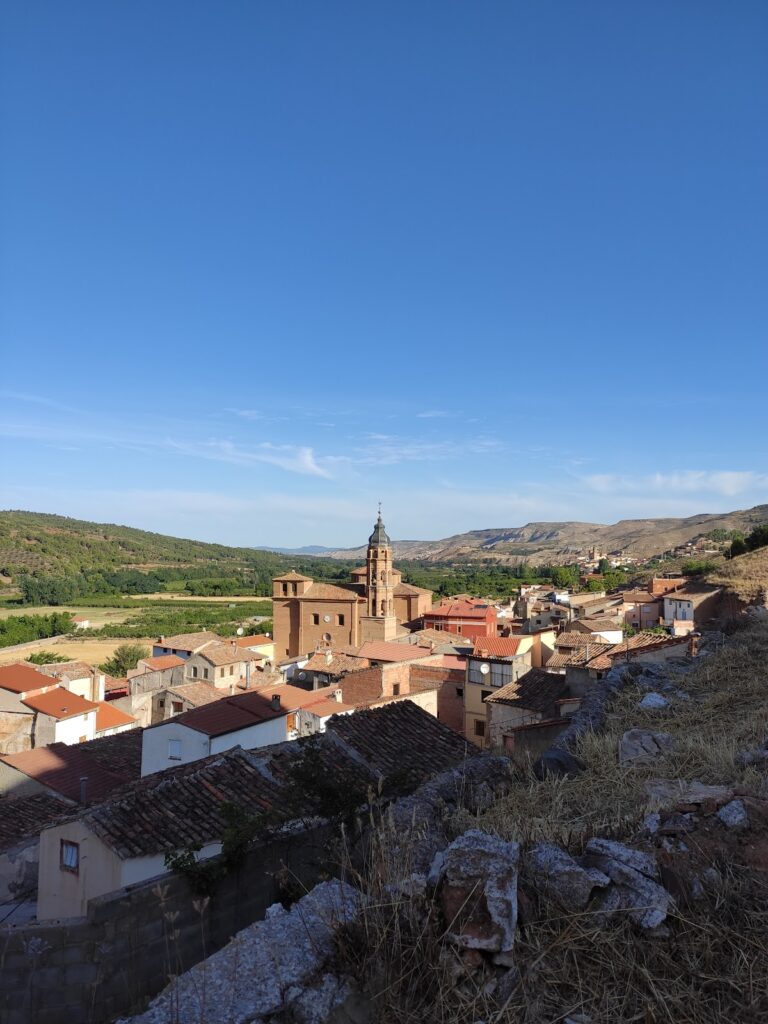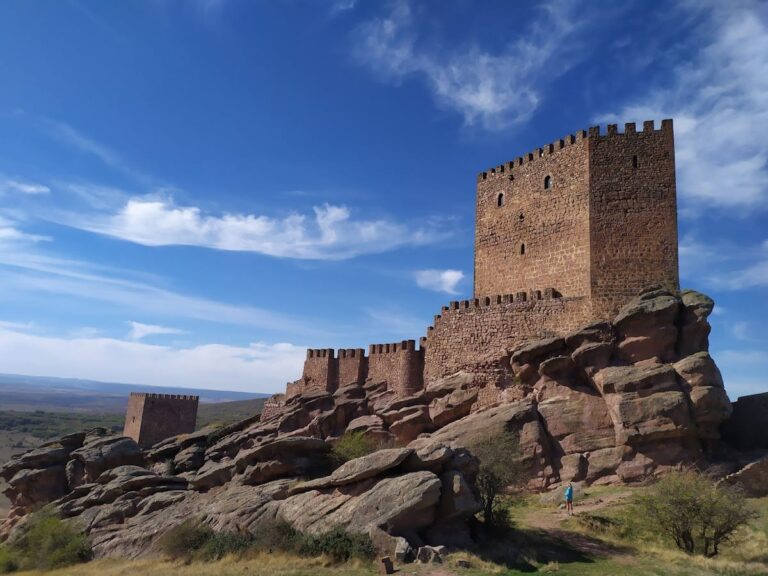Castillo de Báguena: A Medieval Fortress in Spain
Visitor Information
Google Rating: 4.5
Popularity: Very Low
Google Maps: View on Google Maps
Country: Spain
Civilization: Unclassified
Remains: Military
History
The Castillo de Báguena is located in the municipality of Báguena, Spain. This medieval fortress was originally constructed in the 11th century by the Knights Templar, a Christian military order, on land that had previously housed Muslim and Iberian settlements.
Following the Christian reconquest of the area from Islamic control, the castle was part of a larger effort during the 12th century to fortify the Jiloca River valley. This network of defenses aimed to secure the region under Christian rule, even as a Muslim population continued to live in Báguena for some centuries afterward. After the Knights Templar were officially disbanded in 1312, stewardship of the castle passed to the Daroca community of villages within the Campo de Gallocanta district. This group maintained the castle and other frontier fortifications as a defensive barrier against incursions by the Kingdom of Castile.
Military repairs recorded in 1344 show the castle’s continued strategic importance. The fortress played a significant role during the War of the Two Peters, a conflict between the Kingdoms of Aragón and Castile from 1356 to 1366. Báguena’s castle offered refuge to civilians and contributed to a secondary defensive line protecting Daroca, working alongside observation towers throughout the surrounding valley.
However, the upkeep of such fortifications imposed a heavy toll on local resources. In 1362, authorities decreed that if the castle and town could not be properly defended, they should be destroyed to prevent enemy use. The following year, in April 1363, Castilian forces besieged the castle. After intense fighting, the fortress fell on the 14th day of the siege. A renowned defender, the alcaide (castellan) Miguel de Bernabé, reportedly died in the castle’s destruction. Legend holds that his body was found charred yet still grasping the keys of the fortress, an emblem of his steadfast defense.
In recognition of his valor, the regional assemblies known as the Cortes of Caspe, Alcañiz, and Zaragoza awarded noble status, or infanzonía, to Miguel de Bernabé’s descendants in 1371–1372. This honor was extended through both male and female lines of his family. After centuries of historical significance, the castle underwent restoration in 2002, ensuring its preservation as a cultural monument under both Aragonese and Spanish heritage protections.
Remains
The Castillo de Báguena is a medieval fortress primarily dating from the 11th century, built on a site layered with earlier Muslim and Iberian occupation. While specific architectural dimensions are not detailed, the castle functioned as a stronghold within a larger defensive system that included observation towers distributed throughout the Jiloca River valley. This positioning reveals an integrated military network designed for territorial control and surveillance.
The surviving structures indicate a robust medieval construction typical of frontier castles from this period. Though the detailed building techniques and materials are not explicitly documented, the fortress’s preservation allowed for restoration work completed in 2002. This suggests that enough of the original fabric remained intact to warrant conservation measures. Photographic records held in Spanish heritage archives confirm the existence of visible ruins, though the precise layout and extent of the remains are not fully described in the historical references.
No inscriptions, decorative elements, or portable archaeological finds have been specifically recorded at the site. The castle’s condition today reflects its long history of military use, siege, and eventual ruin. Local tradition and historical narratives particularly emphasize the castle’s role during the 14th-century conflicts, especially the heroic last stand led by Miguel de Bernabé. This episode has contributed to the fortress’s enduring significance and status as a protected cultural heritage location.







